
Yarns from the farm
Share in the moments of joy and sorrow, frustration and hilarity as I learn to grow the finest wool in the world in the most sustainable way I can.
Read the latest post:

Enhancing Biodiversity: Fire
We tend to think of fire as a predominantly destructive force—mesmerising and often beautiful to watch, but ultimately a threat to our livelihoods, property and even our lives. On my own farm, I have been deeply wary of using fire deliberately because of fear of it getting out of control. I used it to burn off gorse (before I learned the error of my ways) and even with professionals to help with control, found it a nerve-wracking experience. I’ve also had two bushfires start accidentally, one from lightning and one from a careless cigarette tossed out along the highway.
Watching the recovery from those three fires, though, taught me there is a benefit in the renewal of plants and diversity following the fire’s devastation, and those ideas have slowly (very slowly) led me to the study of Indigenous cultural burning.
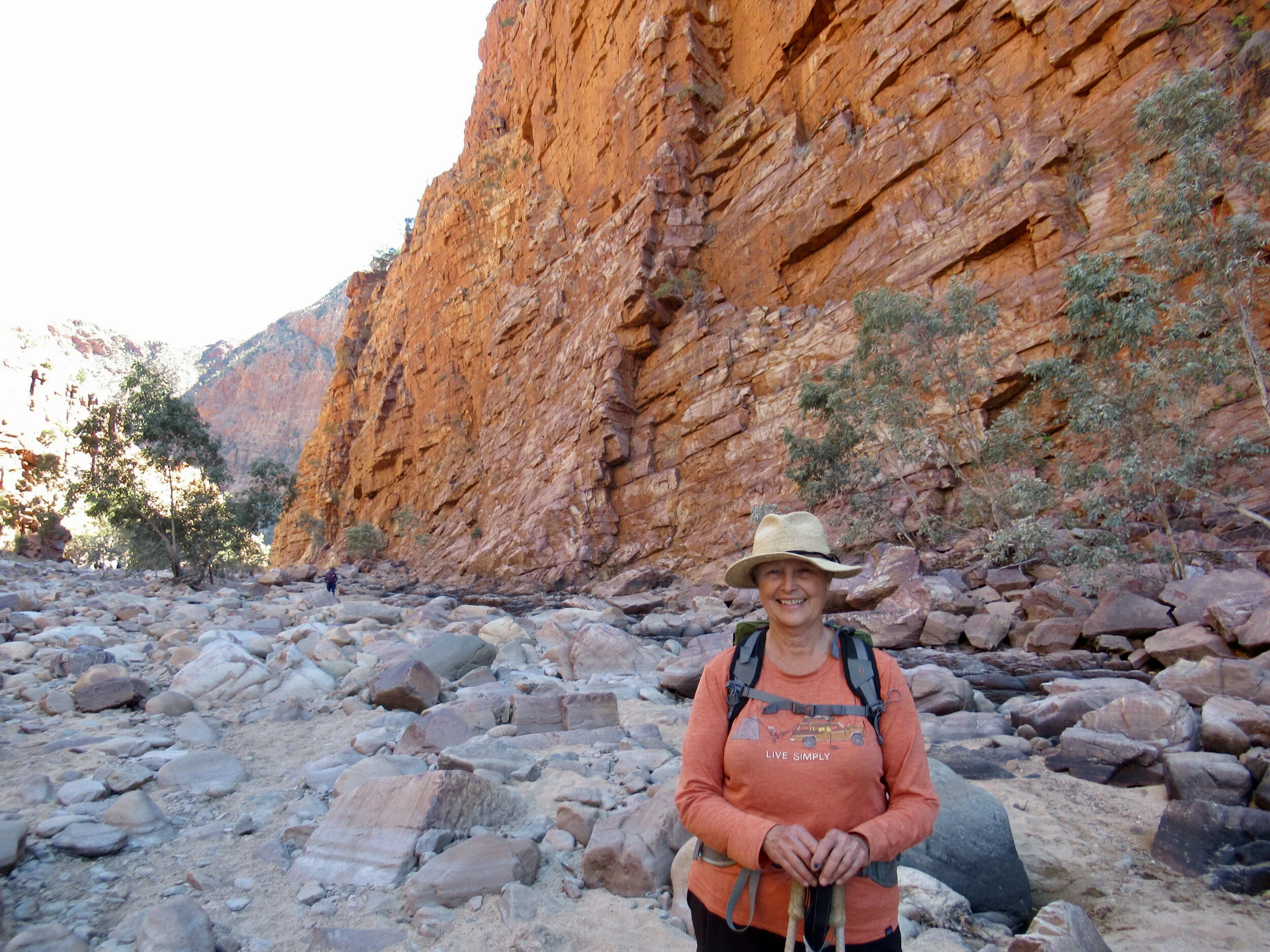
Enhancing Biodiversity: Bush Tucker
In honour of NAIDOC week (4 -11 July) celebrating Aboriginal and Islander culture, I’m taking a side trip into the topic of bush tucker. During my hiking trip in Central Australia in late June, I had the privilege of listening to two indigenous presentations on bush tucker and bush medicine. I was struck by two things in these presentations: the intensity of the flavours of the foods and the depth of indigenous knowledge about the plants in their system.

Enhancing Biodiversity 2: Grazing
Why is there an image of a humpback whale’s ‘bubble net’ at the beginning of this article? Well, it’s a story about grazing and biodiversity, and such a cool one that I couldn’t resist using it as the lead-in. The image captures the line of bubbles the whale leaves as he creates an acoustic net to trap small fish and then scoop them up.
Coming back to solid ground, grazing in farmland and bush is, like chocolate and carbon dioxide, a good thing in moderation. Grazing helps more sensitive plants that might not be able to compete with the most robust plants in the system (e.g. cocksfoot grass, silver tussock native grass) by opening up the plant canopy to allow sunshine in for photosynthesis.
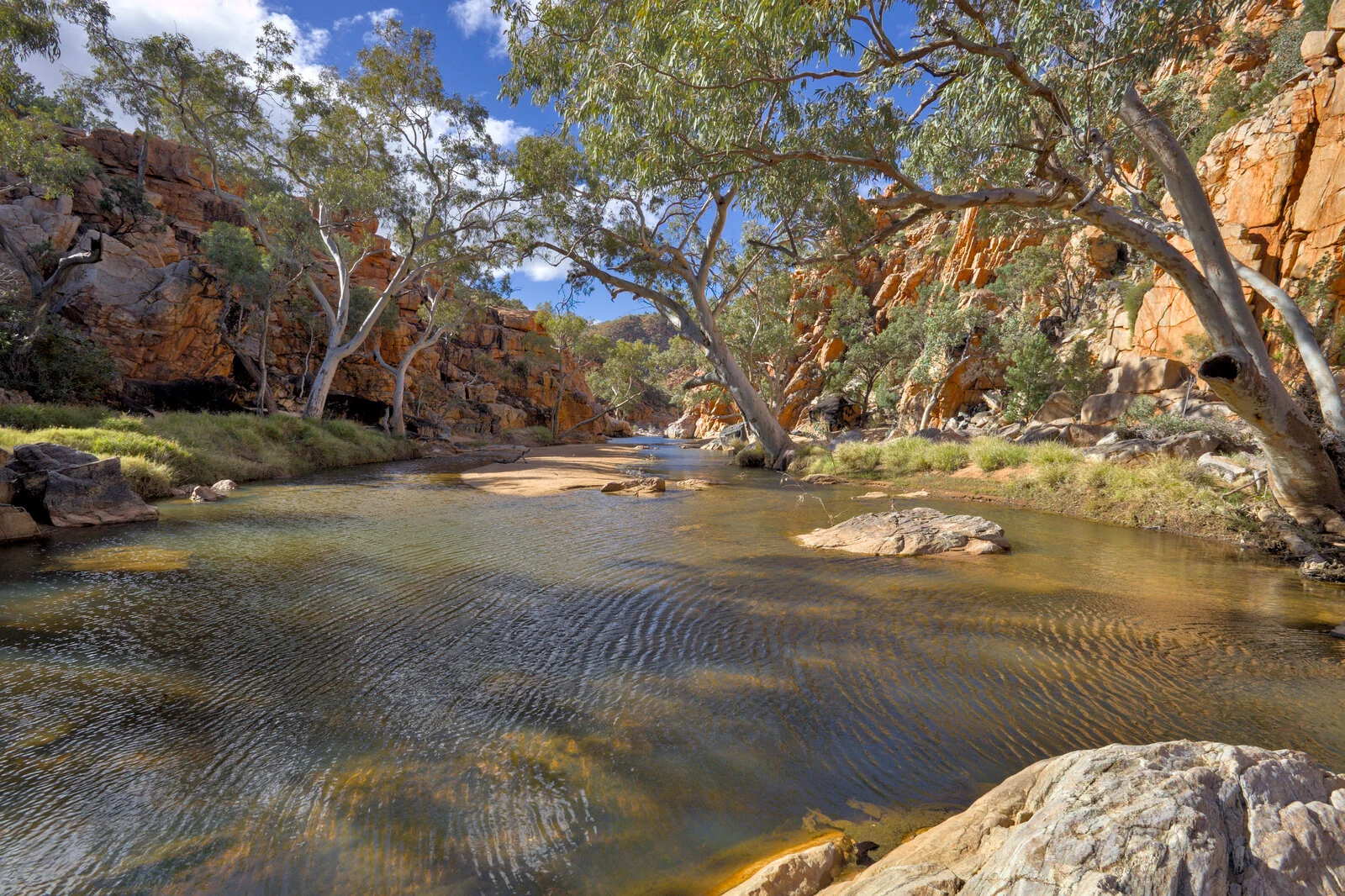
An Ounce of Prevention--Taming the Virus
I got so excited about getting my vaccination, I decided to write this article for our local newspaper, rather than the one on I was planning for this issue. Getting my jab makes it possible for me to do a long-planned hike in the Northern Territory, and under the new rules, I’ll be able to quarantine at home on the farm if things go pear-shaped while I’m away. We’ll return to the Biodiversity series for the July edition.

Enhancing Biodiversity: Taming Gorse
If you can’t say somethin’ nice, don’t say nothin’ at all.
—Thumper from ‘Bambi’
Surprisingly, there are several nice things I can say about gorse, despite its notorious dominance in the woody weed stakes for Tasmania.
Gorse is (you guessed it) extremely nutritious, with high protein levels, comparable to other legumes like lucerne. In the 1800s, when horsepower really meant work by animals with four legs, gorse chaff was the primary winter feed for the working horses of Great Britain. In fact, land where gorse was cultivated was taxed at a higher rate, as it was considered such a valuable asset.
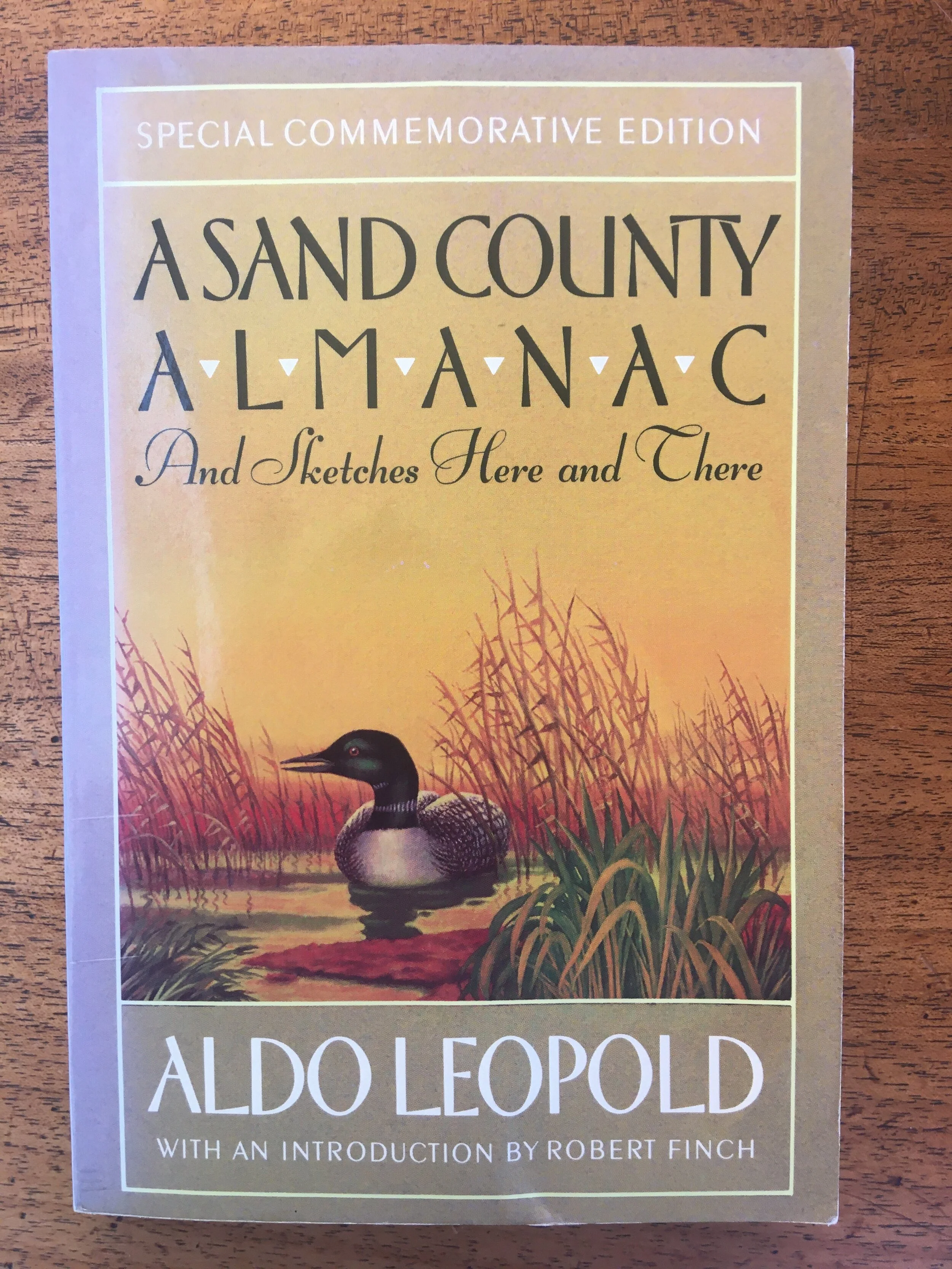
Thinking Like a Mountain
During a recent podcast interview, I was asked to explain what I meant by a ‘conservation land ethic”, one of my three components of White Gum Wool production integrity. I have to say I struggled to answer the question succinctly, and even when I tried to be clear, found myself becoming quite emotional, nearing tears at a couple of points. I know I have an intimate connection to the land for which I’m responsible. And I can articulate some of the more obvious ways in which my responsibility is conservationist and ethical, but I was shaken by just how emotional my response was, and how inarticulate I felt in trying to share it.

Biodiversity and Weeds
In the world of Dr Seuss, weeds would be plain-belly sneetches. Their close relatives, the star-belly sneetches, would be the rest of the plants—the ones we think we want around. Of course, shyster McBean so mixes them up with his star-on, star-off machine that in the end the sneetches decide to quit worrying about who has stars on thars.
And that pretty much sums up the most useful approach we can take to weeds: with a very few exceptions, it matters not at all to the consumers of plants who has stars on thars.

Biodiversity and Nutrition
Biodiversity is not just a pretty face. It’s critical for nutrition for animals of all descriptions, including us.
All plants have developed chemical defences to keep from being overeaten. Known as secondary compounds, these are sophisticated chemicals like tannins and alkaloids. Oregano, for instance, a common culinary herb, boasts 26 different secondary compounds.
Secondary compounds do a couple of key things for us mammals. First, they limit how much we want to eat of a given plant, by making us faintly nauseous if we eat (or drink) too much of it. Think of the way your tummy feels after the 4th cup of tea or coffee, even SGC (seriously good coffee).

Biodiversity
A note to my Yarns from the Farm Readers—I’ve started another series for our local newspaper on biodiversity. This is the first instalment. Nan
Through no fault of its own, the term biodiversity has become either a mantra or a swear word, depending on which side of the divide between development (including agriculture) and conservation you inhabit.

Dancing With the Sheep
The latest experiment in the WGW saga is adopting lambs, rather than breeding them. While this may sound not just radical, but counterproductive, given my strong emphasis on leaving babies with their mothers to learn how to manage in the environment, I’m at least reasonably sure it’s not.
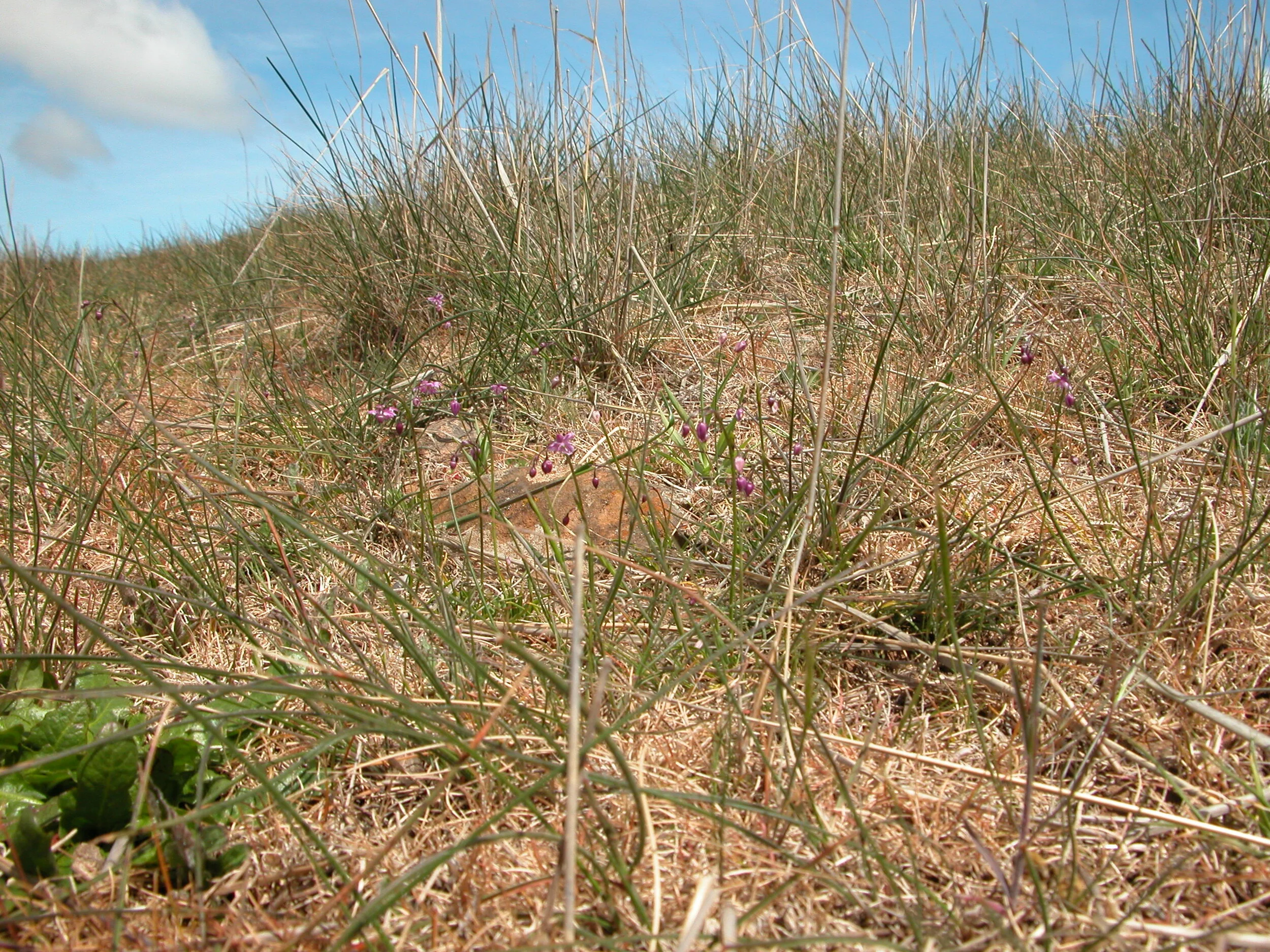
Climate Change Series Recap
Looking back over the series I’ve written on the science behind climate change forecasts, we’ve covered a lot of ground. In this final article, I’ll take a birds-eye view of the earlier articles.
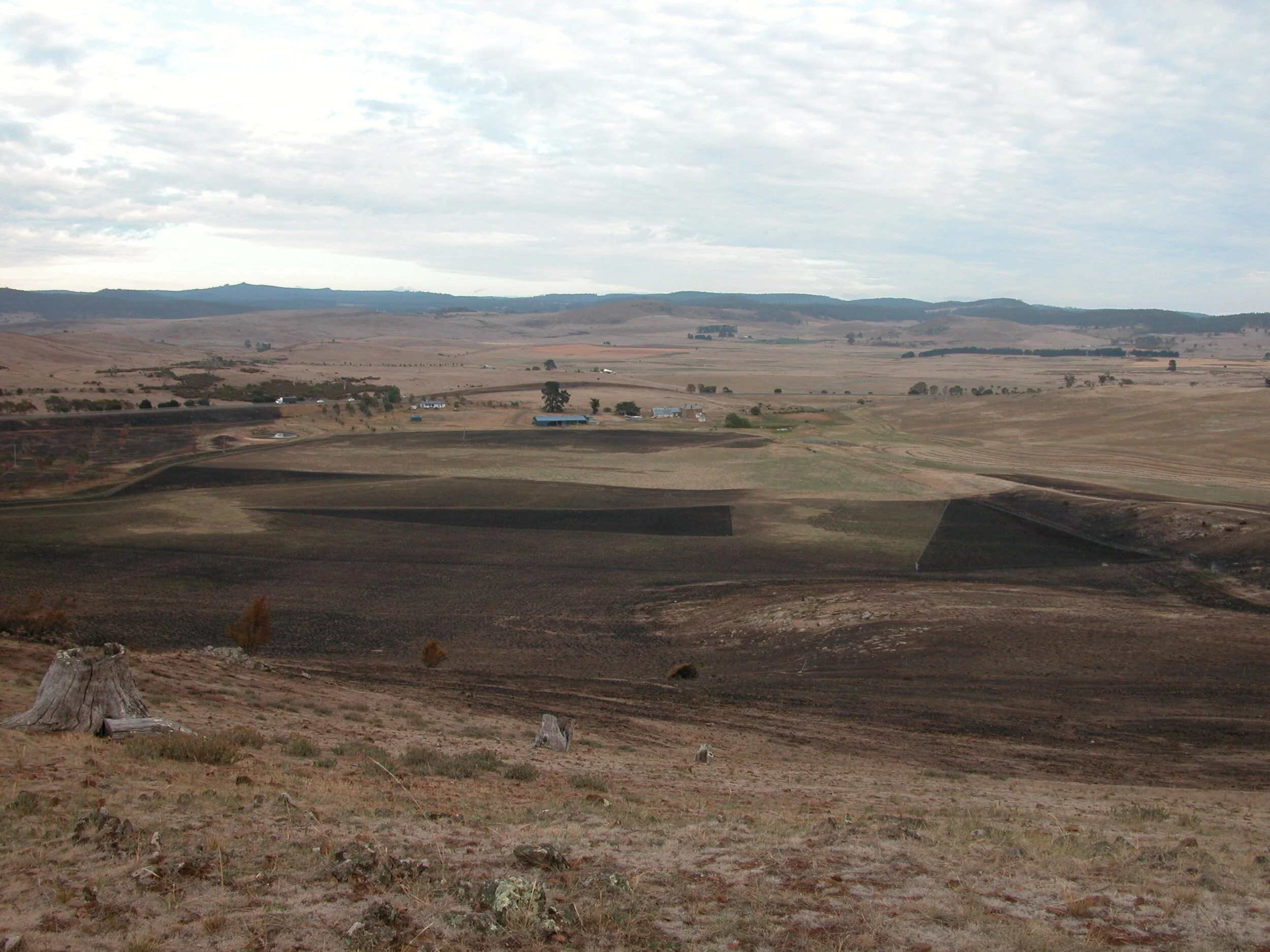
A Sunburnt Country
Although I am not at all superstitious, in the two months since I began writing about runoff and flooding, we’ve had four significant recharge events and the landscape is decidedly soggy for the first time in about five years! So, I’m wary of the possible consequences of writing about bushfire risk at this juncture, especially given the likelihood of high fuel loads after all this lovely rain.

Of Drought and Flooding Rains
Last issue I promised you an article about extreme weather events related to climate change. I will now confess that I’ve really struggled to write this article. While all of us who live close to the land have a feeling that things are not as they were even a couple of decades ago, Australia’s naturally variable weather patterns can easily obscure the effects of climate change.
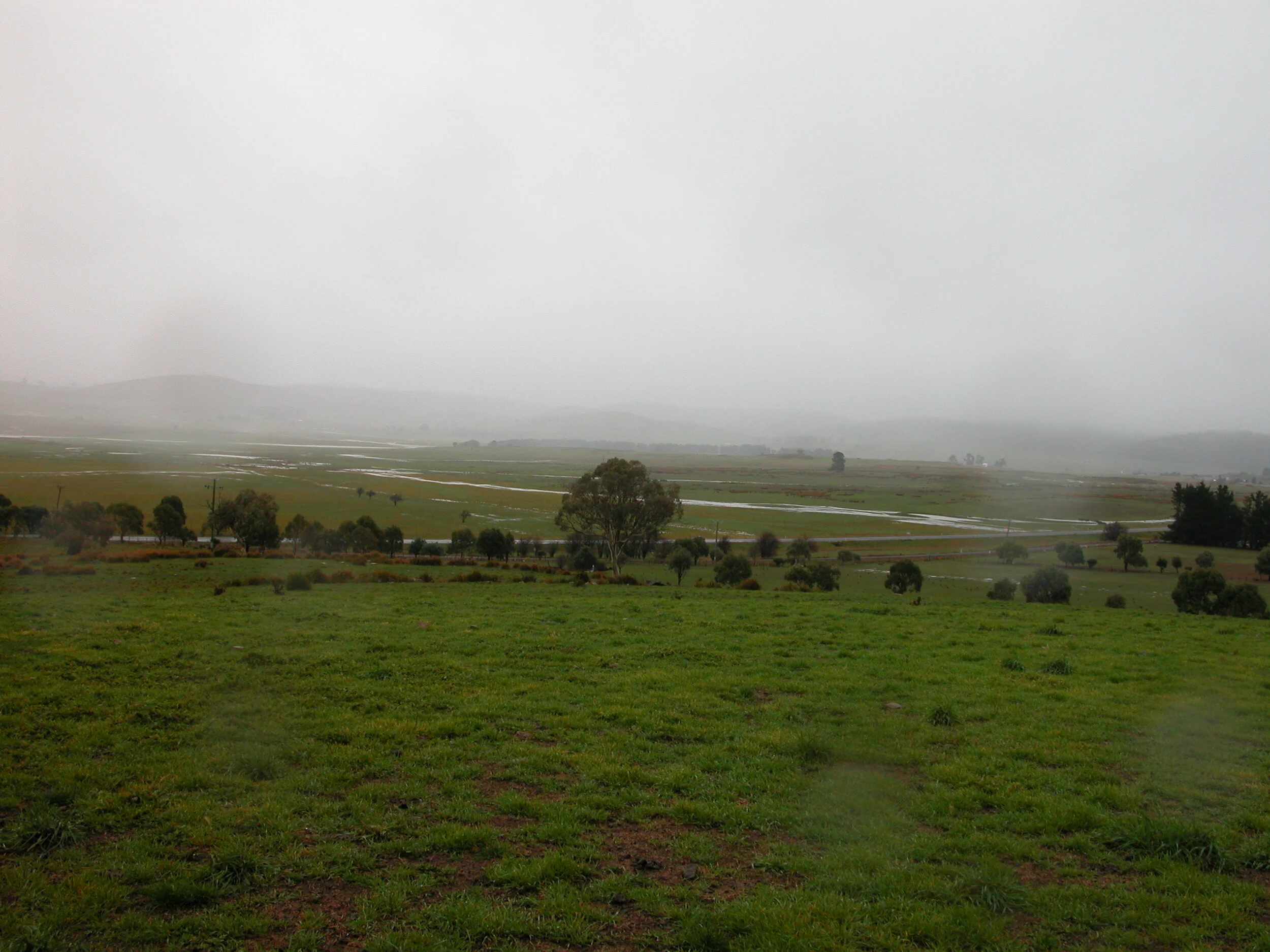
Runoff and Water Supplies
Runoff is a bit like warfare— months of boredom punctuated by moments of extreme terror. The vast majority of runoff occurs in extreme events, usually involving looding and erosion. In between times, the system more or less just sits there “looking stupid” as my friend, ecologist Graham Harris, describes it. All water supplies ultimately rely on surface runoff or groundwater accumulation. Here, we’ll focus on runoff, since groundwater has its own unique complexity.
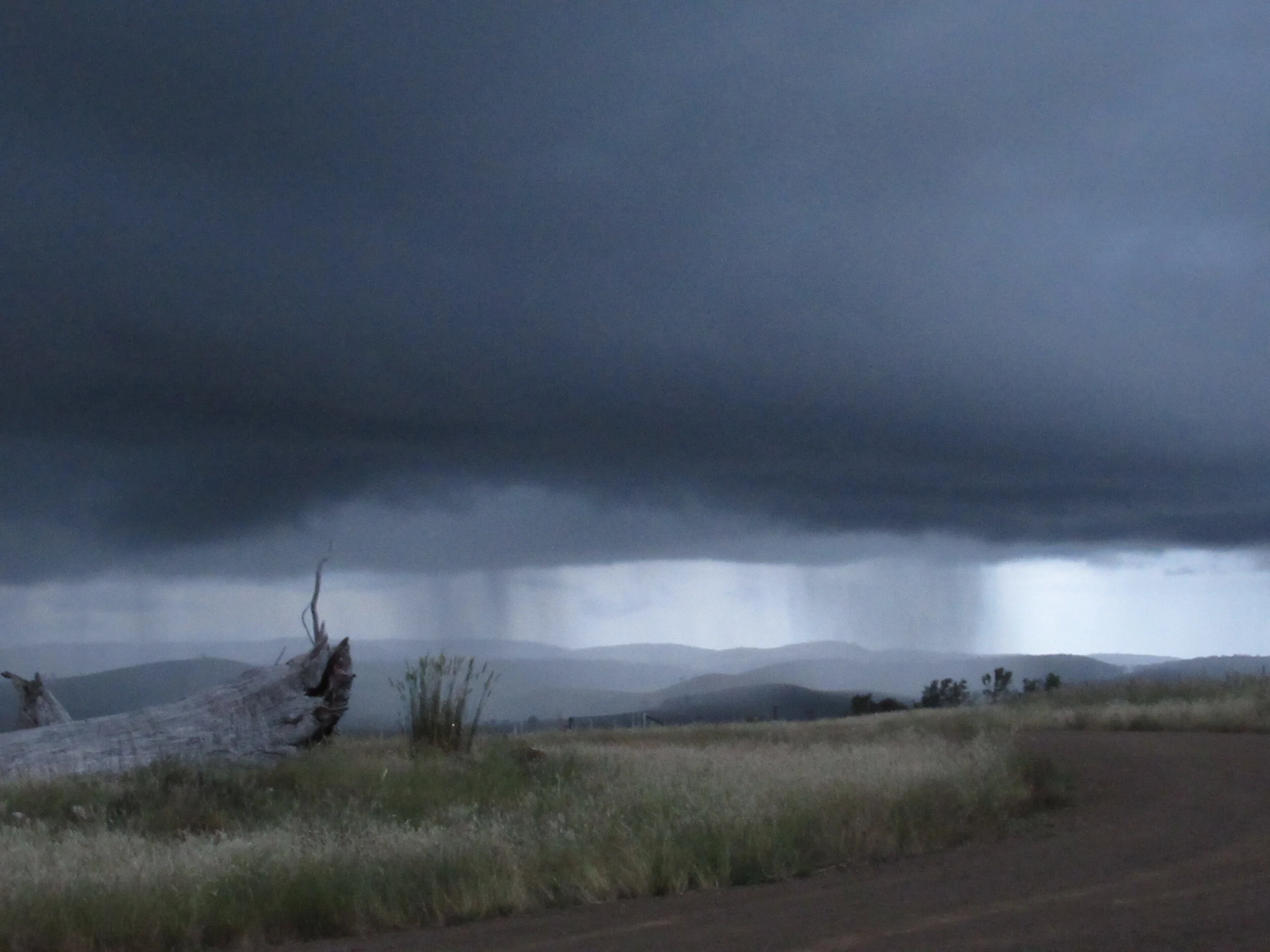
Rainfall, Evaporation and Desertification
The pattern of heat at the ocean surface drives rainfall and evaporation patterns. Where the ocean surface is warmer than the atmosphere above it, evaporation and upward convection create the right conditions for rainfall. Hence, when the Indian Ocean near Australia is relatively warm (called a negative Indian Ocean Dipole), we generally see higher rainfall across Australia as eastward-moving weather patterns bring that moister, warmer air over the continent.
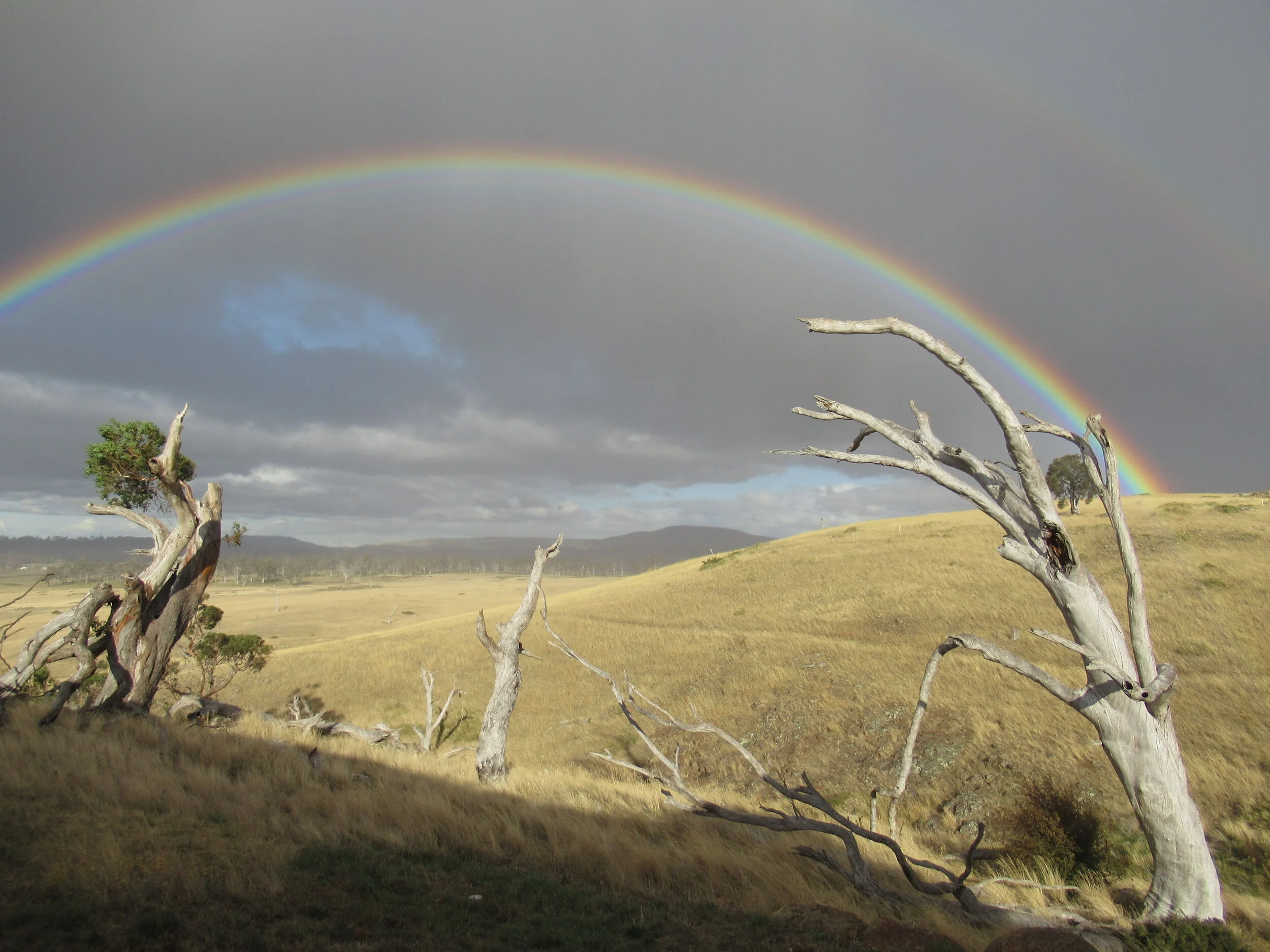
Shepherding Final Exam
For at least a couple of years, I’ve been convinced that my flock is locally adapted to their home. The term “locally adapted” is not just rhetoric, it has a specific meaning in the context of animal behaviour. Locally adapted animals know how to thrive in their environment—where to find shelter, water, and the plants they need to stay healthy.
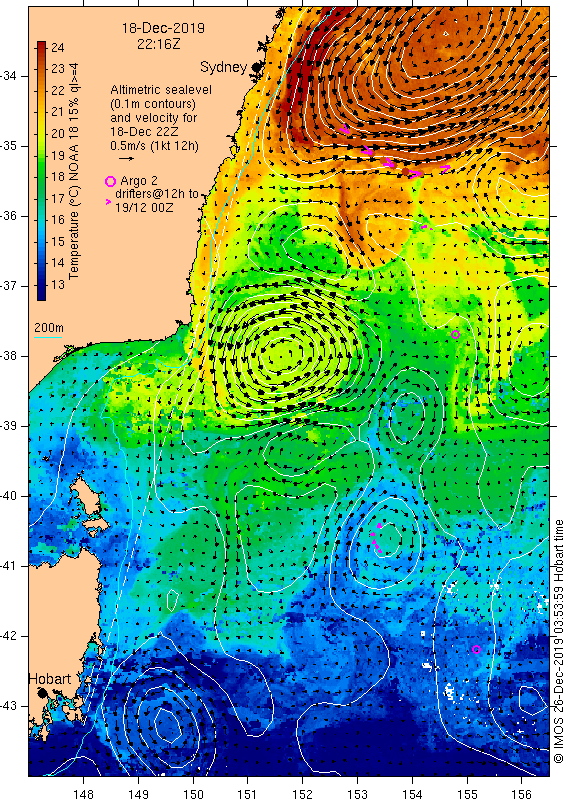
If You Don't Like the Heat, Get Out of the Kitchen
The title is a quote attributed to President Harry Truman, and a metaphor we often use in conversation. We tend to use the terms heat and temperature interchangeably, but technically they are vastly different things. Your body temperature is about 37 deg C, but the heat you generate in a day to maintain that temperature is perhaps 8000 joules, or roughly 0.1 J/sec.

A Silver Lining
What do the ozone hole, coronavirus and climate change have in common? The simple answer is the use of chemical tracers to track where heat is going in the ocean. The full answer will take me a bit longer. But since we’re all sitting at home now, we’ve got plenty of time to learn new things. And one of the things I’m really enjoying about writing these climate change articles is that I’m learning stuff that I assumed I knew, but didn’t.

Galileo Fixes Everything
Like Mozart, Galileo is often credited for things he didn’t do. However, he really did invent the first thermometer in the last decade of the 1500s. In 1654, Ferdinand II, the Grand Duke of Tuscany (a devout Catholic who was Galileo’s friend and patron despite the censure of Galileo’s work by the church) improved on Galileo’s concept, sealing alcohol into a glass tube with small coloured globes containing fluids of different density that are allowed to float freely. You can buy its modern equivalent as a decorative art thermometer for your desk.
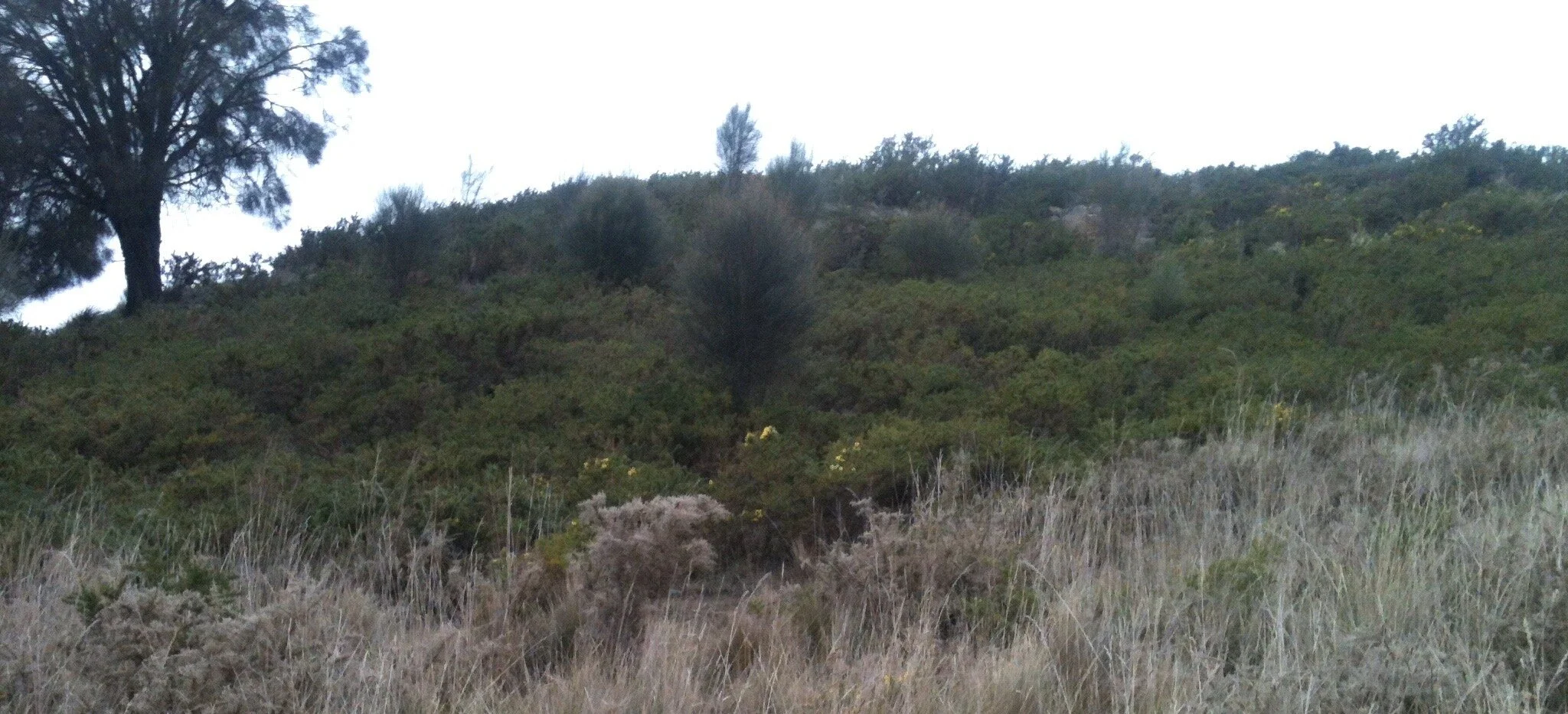
Take a deep breath
In the first episode of this climate change series, we met the stars of our drama: the greenhouse gases carbon dioxide, methane and others. We know the levels of these gases are increasing in the atmosphere because of the pioneering work of Charles Keeling, whose observations atop Mauna Loa on the big island of Hawai’i showed a steady increase in CO2 from the early 1950s to the present.
How do we know the source of Keeling’s extra CO2 is in fact human activity in the industrial era and not simply natural variability in atmospheric CO2?










